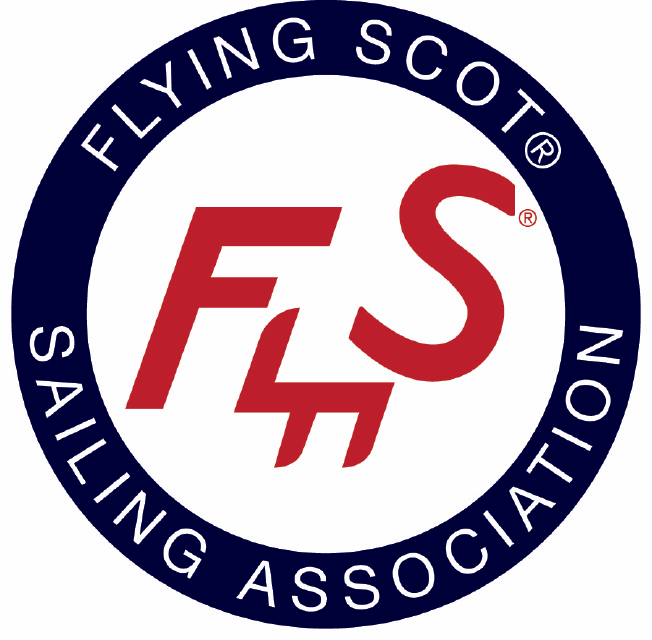Brass Rings on shrouds
Submitted by Anonymous (not verified) on Tue, 09/28/2010 - 14:45
I have removed the brass rings on my shrouds because I saw no use for them. I have observed that newer boats with race packages have them. I am guessing that the spinnaker halyard can be clipped here however most folks seem to tie the guy, sheet and halyard to the sail. Do they need to remain for class rules?
Thanks for the information.
Mr Dave

wojtase1
Tue, 09/28/2010 - 16:30
Permalink
The rings are there for a pretty good reason.
The rings are there for a pretty good reason. When you take the chute down you double over the halyard and pull it through the ring and cleat it to a spinnaker cleat that is usually behind the shroud. Pulling it through the ring keeps the halyard out of the way until you want to raise the chute. When you pull on the halyard to raise the chute it will pull out of the block and through the ring as you yank on the halyard.
I do not think that the rules require them.
Contact: Eric Wojtaszek
Quannapowitt Yacht Club Flying Scot Fleet Captain
2010 North East District Govenor
4224 - Coping Skills
glennw_fs
Wed, 10/06/2010 - 12:57
Permalink
quote:[i]Originally posted by wojtase1[/i] [br]The rings are th
quote:[i]Originally posted by wojtase1[/i]
[br]The rings are there for a pretty good reason. When you take the chute down you double over the halyard and pull it through the ring and cleat it to a spinnaker cleat that is usually behind the shroud. Pulling it through the ring keeps the halyard out of the way until you want to raise the chute. When you pull on the halyard to raise the chute it will pull out of the block and through the ring as you yank on the halyard.
I do not think that the rules require them.
Contact: Eric Wojtaszek
Quannapowitt Yacht Club Flying Scot Fleet Captain
2010 North East District Govenor
4224 - Coping Skills
Eric,
If I understand your post it means the spinnaker halyard runs along the shroud when not hoisted. Correct? If so doesn't this interfere with your shroud telltales?
Glenn
FS 5919
Nockamixon Sail Club
http://nockamixonsailclub.org
wojtase1
Wed, 10/06/2010 - 13:33
Permalink
Interesting point.
Interesting point. Yes the halyard would come down along the shroud. I have honestly never noticed if it interferes. I think that I might leave enough slack in the halyard that it stays out of the way but that does not seem logical either. I will have to look at it next time and get back to you.
Contact: Eric Wojtaszek
Quannapowitt Yacht Club Flying Scot Fleet Captain
2010 North East District Govenor
4224 - Coping Skills
Anonymous (not verified)
Sat, 10/16/2010 - 14:27
Permalink
Found my answer! Looking through some of the information Harry
Found my answer!
Looking through some of the information Harry furnishes with new scots the rings are used for securing the Spinnaker halyard. It appear that they are there as standard equipment whether you buy a boat with or without spinnaker. So if you bought a family boat and added a spinnaker, y ou would secure the halyard here and hoist from either side. It is the same with the cleats on the wood mast support used to secure the other end and also with the fitting on the mast. So I guess you call these standard options that are not deleted if you buy a radical race rig or other.
JHS
Sat, 10/01/2011 - 00:48
Permalink
So you hoist the spin up and
So you hoist the spin up and tie it off in the ring? Interesting.
fssa-admin
Mon, 10/03/2011 - 13:00
Permalink
You don't tie it. You double
You don't tie it. You double it and cleat it on the spinaker cleat that may or may not be nearby. Tying it would make it difficult to untie it.
sawyerspadre
Mon, 10/10/2011 - 21:28
Permalink
I think the spin halyards
I think the spin halyards originally had a hook on both ends. When sailing with three, the hook would be taken off the ring and connected to a ring on the head of the spinnaker.
The forward crew would unhook the other end when it was time to hoist, and then they would cleat on the wood cleat on the stanchion.
Then came fancy cleats on the coaming, and then all the lines led aft as we see today.
This largely came about as two-up racing became more common.
Phil
JHS
Tue, 10/11/2011 - 20:11
Permalink
I see, thanks. (Phil's
I see, thanks. (Phil's comments noted as well).